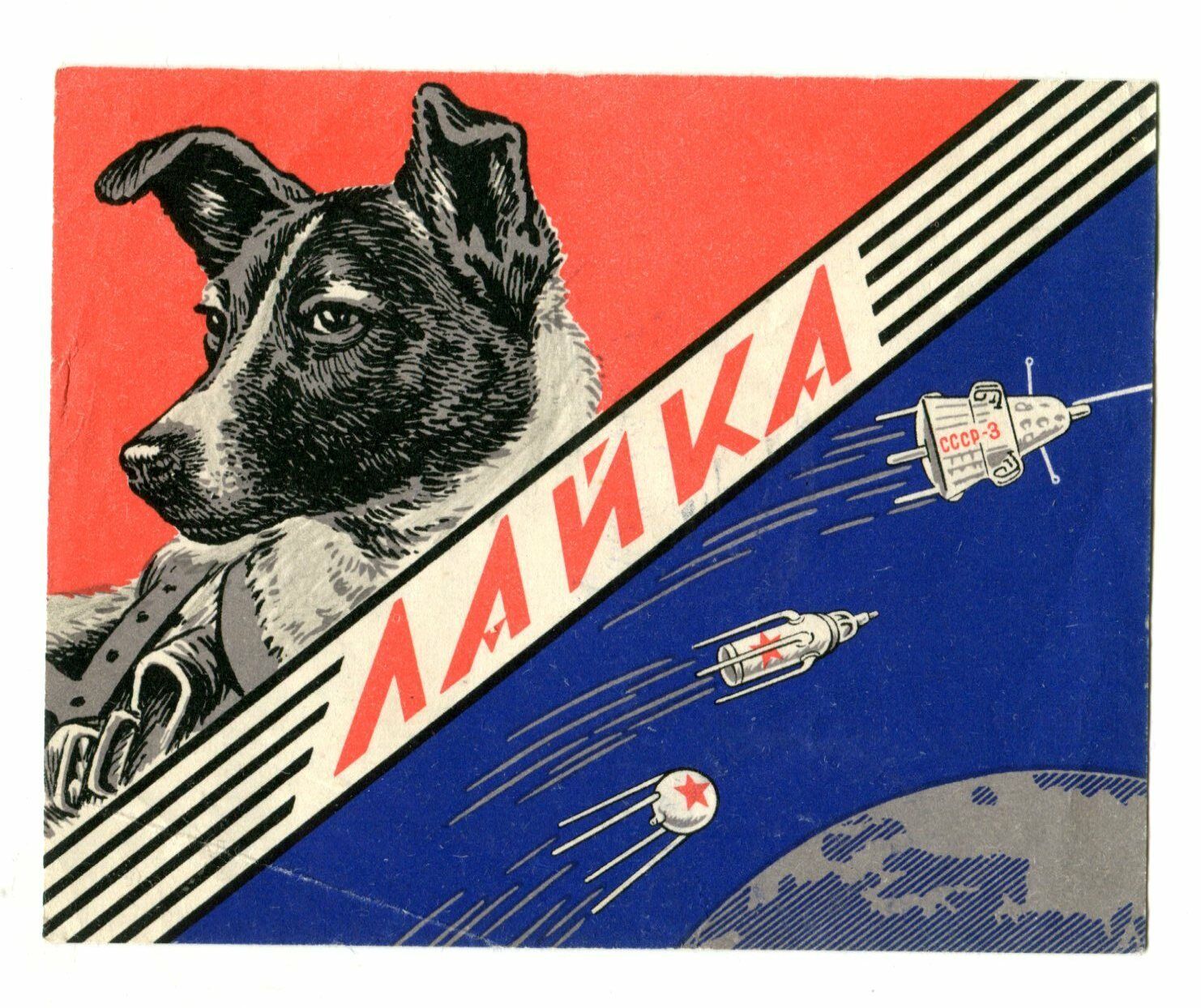A study in Nature reveals glaciers lost 273 billion metric tons of ice annually since 2000, impacting freshwater resources and sea-level rise.
Archived version: https://archive.is/newest/https://www.commondreams.org/news/glaciers-melting
Study: https://www.nature.com/articles/s41586-024-08545-z
Disclaimer: The article linked is from a single source with a single perspective. Make sure to cross-check information against multiple sources to get a comprehensive view on the situation.
I wonder if we can turn it into a Riviera?
Assuming constant temperature, would the ice’s melting accelerate or decelerate as the total volume of remaining ice reduces?
I think it would decelerate, as there’s less surface area.
Not that it matters, since the temperature is affected by the ice going away, so it’s an impossible scenario anyways.
Do you think that the average temperature of the ice increases as it melts, decreasing the time it takes for remaining ice to melt?
Only the average temperature of the parts close to the surface, which is why the surface area is so important.
But by reducing the albedo the air gets warmer, which makes the ice melt faster.
Accelerate.
Why do you think that?
The less ice there is the more heat remaining ice can absorb. It would only be true under constant temperature though.
I was under the impression that with the ice shrinking, the surface area decreases. Therefore the contact area between the ice and the surrounding environment also decreases, slowing down the speed of melting. At the same time though the average temperature of the ice will have increased as it melts so the amount of energy required to melt is less, speeding up melting. I might just have to start measuring the speed at which ice cubes melt lmao.
I’ve never seen an Olympic swimming pool. And even if I had, I wouldn’t have a sense for its volume unless it was empty. Preferred units for water volumes are million acre feet or cubic kilometers annually. Or cubic feet per second or cubic meters per second. Or if you really want to relate to the layperson, I also accept cubic kegs per fortnight.
How many washer machines is it?
Aye! Standard front loading washer loads per week would be another good one.
Can we get a banana for scale?
How much is that in vodka shots?
From Jan 1 2000 to the beginning of today there have been 793,411,200 seconds
That’s 2,380,233,600 swimming pools
at 2,500,000 L per pool
so a total volume loss of 5.950584×10¹⁵ L
a shot glass should be 30ml
so that should be around 1.983528×10¹⁴ shots of vodka
Vodka is $76 a L in Australia because fuck me amirite
at a rough cost of $4.52244384×10¹⁷
tl;dr: it’s in the title idiot.
How about in cubic parsecs?
2.025381451×10−37 pc³
That’s a number alright
May I please get that in football fields?
Ask LLM, I heard it likes to math.
For you and @Stalinwolf@lemmy.ca, from llama3.2:
So, approximately 8,144,000 football fields would weigh around 273 billion metric tons.
Holy shit. That’s too big to wrap my head around. What if we tried those yellow Blue Bird school busses?
A standard Blue Bird bus weighs around 10-15 tons (10,000 - 15,000 kg), depending on the model and configuration. Let’s assume an average weight of 12.5 tons (12,500 kg) for this calculation.
Now, let’s divide the total weight by the weight of a single bus:
273 billion metric tons ÷ 12,500 kg/bus ≈ 21,800,000 buses
So, approximately 21.8 million Blue Bird school buses would weigh around 273 billion metric tons.
Keep in mind that this is another purely theoretical calculation for entertainment purposes only.
You’re the best! 😎
And the rate is accelerating…







